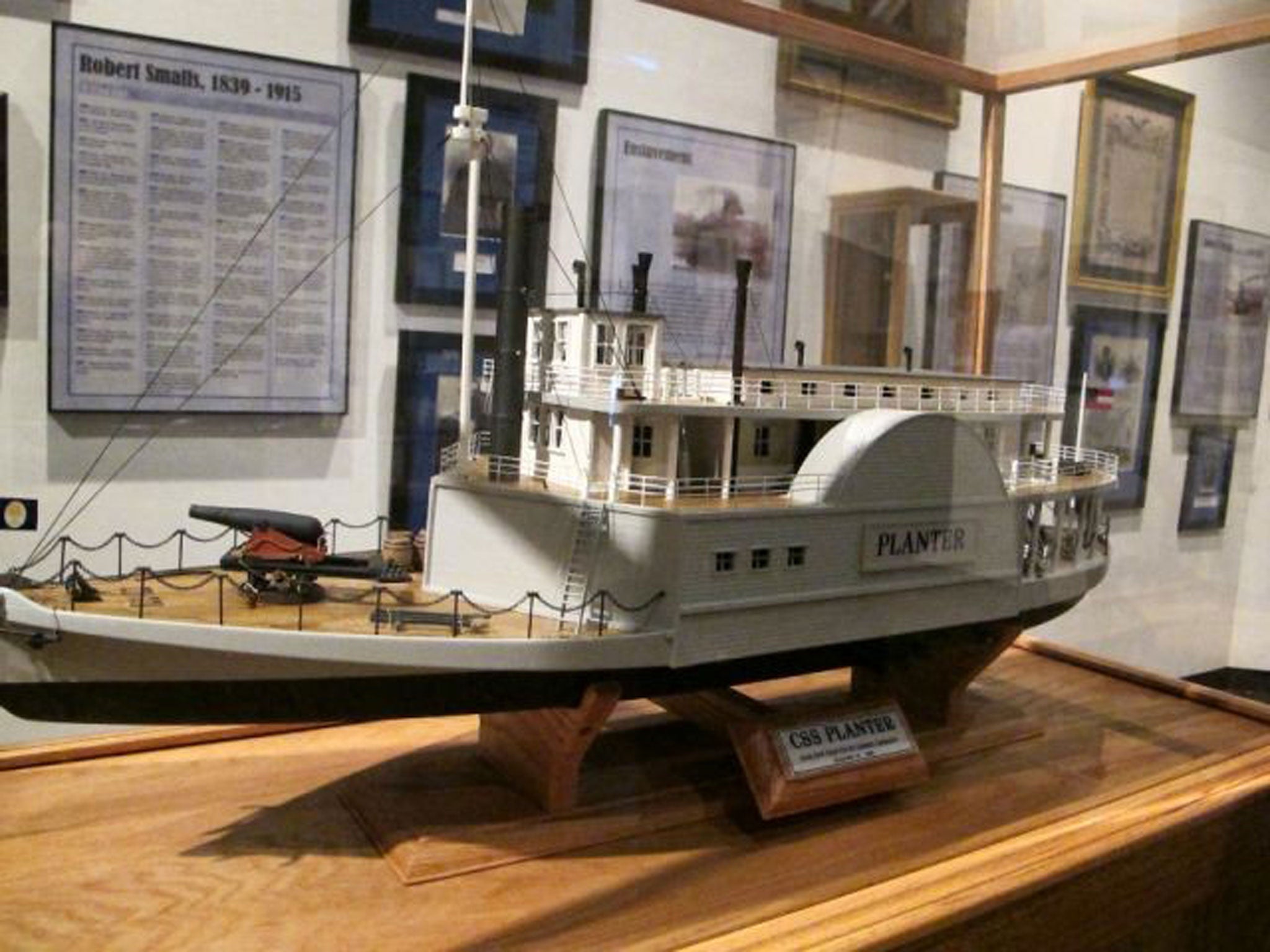Wreckage of Civil War ship that bore slaves to freedom found off South Carolina coast
The Planter was commandeered by Robert Smalls 152 years ago

Your support helps us to tell the story
From reproductive rights to climate change to Big Tech, The Independent is on the ground when the story is developing. Whether it's investigating the financials of Elon Musk's pro-Trump PAC or producing our latest documentary, 'The A Word', which shines a light on the American women fighting for reproductive rights, we know how important it is to parse out the facts from the messaging.
At such a critical moment in US history, we need reporters on the ground. Your donation allows us to keep sending journalists to speak to both sides of the story.
The Independent is trusted by Americans across the entire political spectrum. And unlike many other quality news outlets, we choose not to lock Americans out of our reporting and analysis with paywalls. We believe quality journalism should be available to everyone, paid for by those who can afford it.
Your support makes all the difference.The wreckage of a Civil War-era ship that carried a group of African-American slaves to freedom 152 years ago has been located, US marine archaeologists believe.
Planter, a storied side-wheel steamship that sank in 1876, is thought to be buried beneath the waters off Cape Romain on the South Carolina coast, the National Oceanic and Atmospheric Administration (NOAA) said.
Magnetometer surveys found a large amount of iron signalling a sunken ship about half a mile offshore and buried under 10 to 15 feet of sand and water.
Tuesday marked the anniversary of its famous voyage on 13 May, 1862, when Robert Smalls, a slave who worked as a deckhand on the Planter during the Civil War, disguised himself as the ship's captain.
With his wife, children and other African-American slave families onboard, Smalls sailed the ship past Confederate sentries in Charleston Harbour and out to the Union blockade at sea.
He was lauded as a hero and went on to enjoy a notable career in the Union navy as a freeman; he later served five terms as a congressman for South Carolina.
Bruce Terrell, senior archaeologist and maritime historian with NOAA's Office of National Marine Sanctuaries, said: “This story has had a lot of resonance, particularly in the Lowcountry communities, places where people still know Robert Smalls' story.”
The search for the Planter goes back to 2010, after research into historical documents showed that the ship grounded in a storm in 1876 and sprang a bow plank while trying to salvage another grounded vessel.
The ship had offloaded its cotton near Georgetown, South Carolina, but passengers and crew were rescued from it by the crew of the nearby Cape Romain lighthouse, Terrell said.
Mr Terrell said the decision as to whether the Planter should be excavated is “up in the air”, despite interest from museums. He said that because it is buried, recovery would be expensive and excavation could disturb sensitive loggerhead sea turtle nesting grounds in the Cape Romain National Wildlife Refuge.
On Tuesday a plaque identifying ”the last resting place of Robert Smalls' Planter” was dedicated to the refuge's education centre.
Additional reporting by Reuters
Join our commenting forum
Join thought-provoking conversations, follow other Independent readers and see their replies
Comments